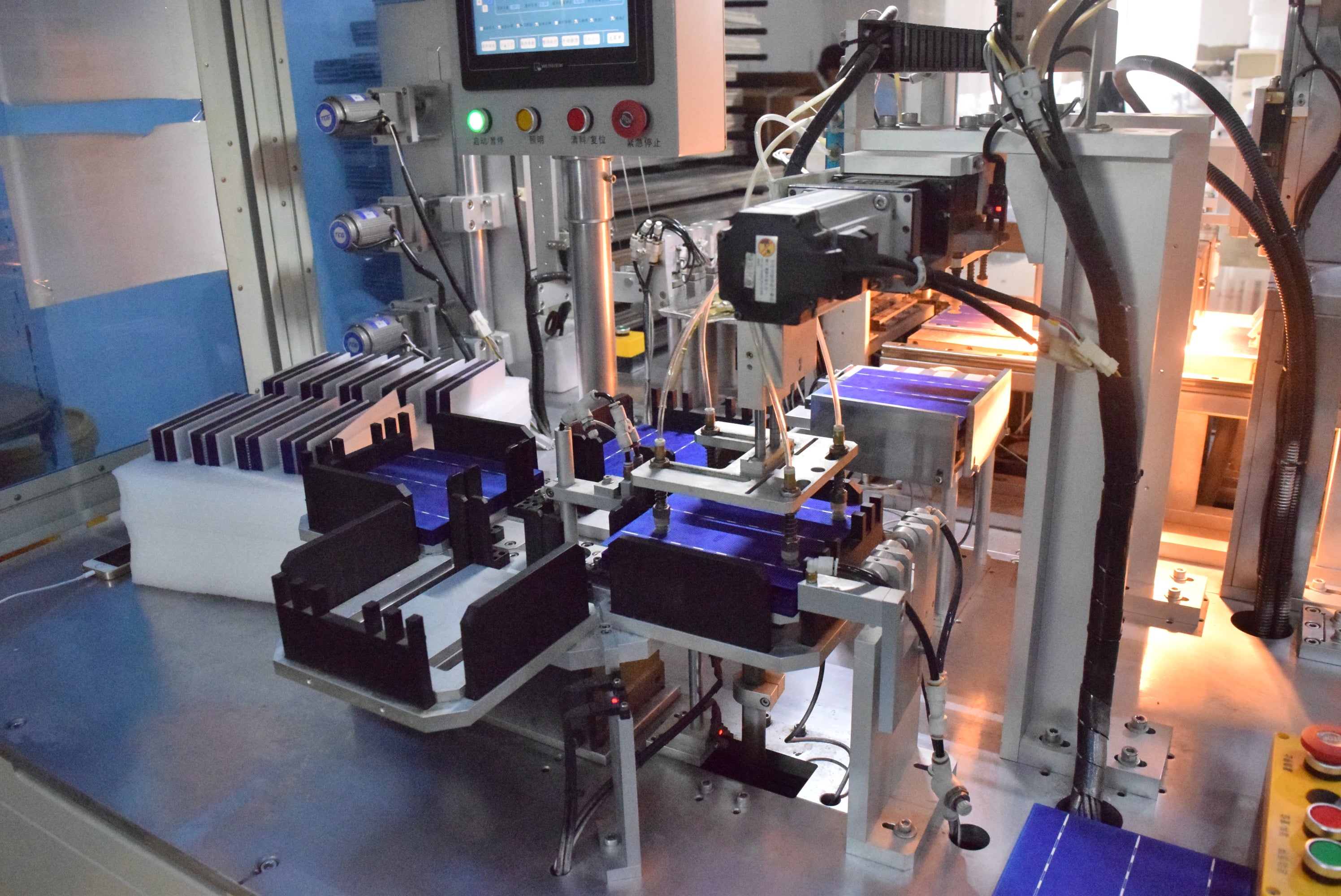
Three types of problem detection methods for photovoltaic modules
Photovoltaic modules are the core components of photovoltaic power generation. The three major types of problem detection methods for photovoltaic modules mainly include hot spot formation causes and PV module detection methods, crack formation causes and PV module detection methods, power attenuation classification, and PV module detection methods, and so on.
Photovoltaic modules are the core components of photovoltaic power plant power generation. In order to ensure the normal operation of photovoltaic power plants, the components and components of photovoltaic power plants need to be inspected and maintained. Common problems with photovoltaic modules are hot spots, cracks, and power degradation. Because these quality problems are hidden inside the panels, or occur after the photovoltaic power station has been in operation for a period of time, it is difficult to identify the panels when they enter the site for acceptance. Professional equipment is required for photovoltaic module testing.
- Causes of the formation of hot spots and detection methods of photovoltaic modules
Photovoltaic module hot spot refers to the fact that under the sunlight, some cells are blocked and cannot work, so the temperature of the covered part is much larger than that of the uncovered part, resulting in dark spots that burn out due to excessive temperature.
The formation of hot spots in photovoltaic modules is mainly composed of two internal factors, namely internal resistance and the dark current of the cell itself.
The hot spot durability test is a photovoltaic module testing test to determine the ability of solar cell modules to withstand the heating effect of hot spots. The photovoltaic cell components are tested through a reasonable time and process to show that the photovoltaic cells can be used for a long time under the specified conditions.
Hot spot detection can be carried out with an infrared thermal imager, which can use thermal imaging technology to display the temperature and distribution of the measured target with a visible heat map.

- Causes of crack formation and detection methods of photovoltaic modules
Hidden cracks refer to small cracks in the cells. Hidden cracks in the cells will accelerate the power attenuation of the cells and affect the normal service life of the modules. At the same time, the hidden cracks of the cells will expand under mechanical load, which may lead to open circuit damage. Cracks can also cause hot spot effects. The occurrence of cracks is caused by the combined action of various factors. The uneven force on the components, or the violent shaking during transportation and reverse transportation may cause the battery cells to crack.
Photovoltaic modules will be tested by EL imaging before leaving the factory, and the instrument used is an EL detector. The instrument utilizes the electroluminescence principle of crystalline silicon and uses a high-resolution CCD camera to capture near-infrared images of components to obtain and determine component defects. The EL detector can detect whether there are cracks, fragments, virtual welding, broken grids, and abnormal phenomena of monolithic cells with different conversion efficiencies in photovoltaic cell modules.
- Power attenuation classification and photovoltaic module detection method
The power attenuation of photovoltaic modules refers to the phenomenon that the output power of the modules gradually decreases with the increase of the illumination time. The power attenuation phenomenon of photovoltaic modules can be roughly divided into three categories:
The first category, component power attenuation due to destructive factors;
The second category is the initial light-induced attenuation of the component;
The third category is the aging decay of components.
Among them, the first category is the controllable attenuation during the installation of photovoltaic modules. For example, strengthening the unloading, reverse transportation, and installation quality control of photovoltaic modules can reduce the probability of cracking and fragmentation of module cells.
The second and third categories are the process problems that need to be solved urgently in the production process of photovoltaic modules. Photovoltaic module power attenuation test can be completed by photovoltaic module I-V characteristic curve tester.
- Choosing a selection results in a full page refresh.
